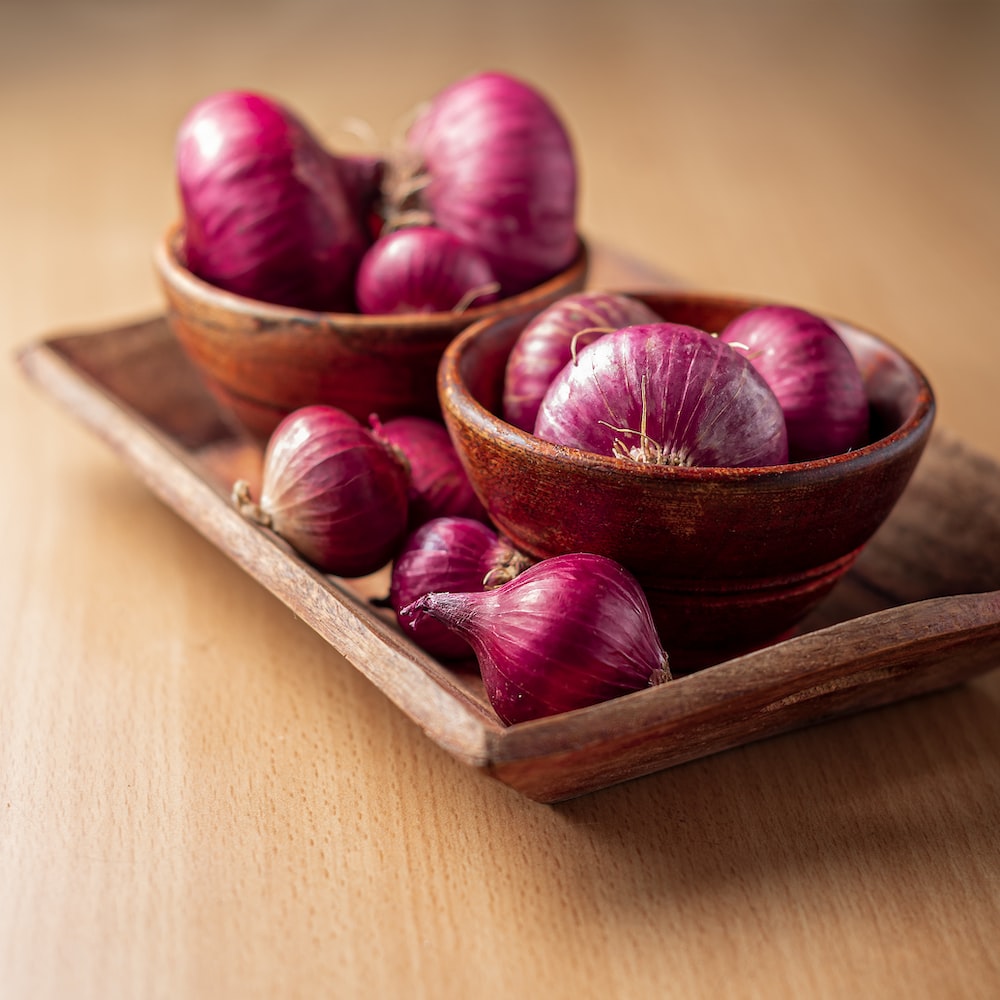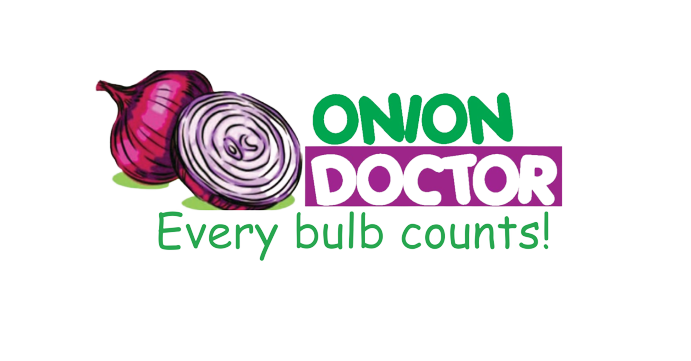Things to Consider Before Starting Onion Farming

Are you in need of in-depth knowledge on onion and garlic production? If yes, we are a call away. Our service chatter includes: Onion seedlings, Garlic seedlings, Farm planning services, Soil testing, Drip irrigation installation and maintenance, Agronomic support, Onion and Garlic value pack and Farm management. For free consultation, placing orders or booking a visit with an agronomist, please contact us via Call or what’s app +254703982228, Email: Info@oniondoctor.co.ke.
According to Food and Agriculture Organization’s report, half of red onions sold in Kenyan markets are grown in Tanzania. Local farmers are trying their best to address the demand and close the gap, although the demand is always higher than the supply. This demand makes farming onions investment a very attractive commercial investment.
Two main onions grown in Kenya, bulb onions and spring onions. Of the two types, bulb onions are more popular than the spring ones due to their long shelf life and sweet taste.
The best areas suited for growing onions are Kajiado, Narok, Kieni, Karatina, Oloitoktok, Kakamega, and Naivasha, among others. Onions do well in well-drained fertile soils rich in humus with the pH ranging from 5.8-6.5: The common varieties grown in Kenya include Jambar F1, Islero, Red creole, Red Passion and Red Pinnoy. All the varieties in Kenya prefer warm to hot temperatures, that is 15-30 degrees Celsius. We the Onion Doctor offers high-quality onion seedling varieties depending on the region you are at. Contact us for a quote.
An acre requires 1-1.5kg of onion seeds depending on the variety and the spacing. The spacing normally affects the size of the bulb onions. Onions can be grown by direct seeding, which requires intensive management or one can decide to first establish a nursery bed. Just like other vegetables planted on nursery bed, site selection is key to proper planning for production of healthy and vigorous growing seedlings. The site should be in a secure environment, near a water source and preferably near the crop production site. It should be raised to a height of about 15cm to encourage drainage, 1m width for easy workability and the length of your own desire depending on the number of seeds to be sowed.
Transplanting: It’s always wise to do a soil test before planting to know the status of nutrients in the soil, which will guide you on nutrient application for onions production. Contact us Onion Doctor for a sure and reliable soil test, for a very competitive price.
Prepare the land to a fine tilth and add well decomposed manure. Depending on the soil test, one can consider using DAP during planting and top-dress using CAN at week four. Frequent scouting for crop nutrition is paramount and mitigation measures should be taken immediately.
It’s ideal to trim the shoot and root (3 inches for shoots and 0.5 inch for roots) before seedling placement to minimise moisture loss and seedling shock during and after transplanting. The ideal spacing is 8-10cm between the seedlings and 15cm for inter row distance to allow better bulb development. Spacing is also determined by the variety planted and soil fertility. Onion production can be done in the greenhouse and open field depending on the location with the latter being more preferred.
Pests and diseases: Common diseases that affect onions include Downy Mildew, Bacterial Soft Rots, Pink/White Root, Botrytis, and Rusts. Use herbicides to get rid of the diseases. Common pests that attack onions include maggots, thrips, onion flies, red spider mites, nematodes and the leaf miner. Use pesticides from accredited brands to get rid of the pests. Frequent scouting for pest and diseases is important for early detection, prevention and control.
Weeds: The land should be free of weeds, which compete for nutrients, light and space and harbor pest and diseases. Weeds should be removed occasionally either physically or through the use of herbicides. In one season, there should be at least 2 – 3 weeding sessions.
Harvesting: Once transplanting is done, one should prepare to harvest after 4-5 months depending on the variety. Top leaves will yellow and begin to fall over, an indication they are ready for harvesting, which should coincide with dry and hot weather. Curing of the onions is done by uprooting every single stem and leaving it to dry after which leaves and roots are cut off with a sharp knife.
Onion Doctor supports small holder farmers across Africa with quality and affordable Onion and Garlic seedlings, Onion seedlings, Farm planning services, Soil testing, Drip irrigation installation and maintenance, Agronomic support, Onion and Garlic value pack, Farm management, E-extension and on-farm training for farmers to optimize on yields and get maximum profits.
